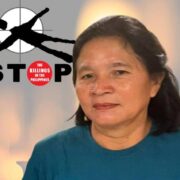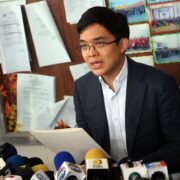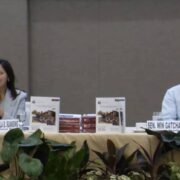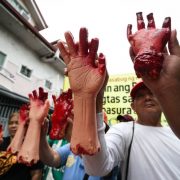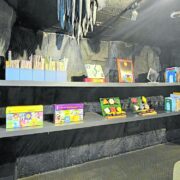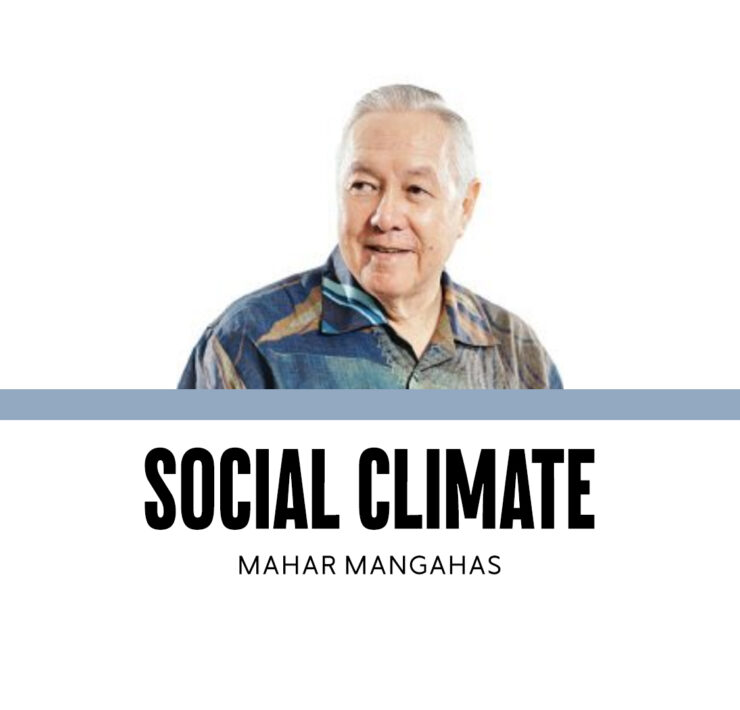Measuring development 102: practice
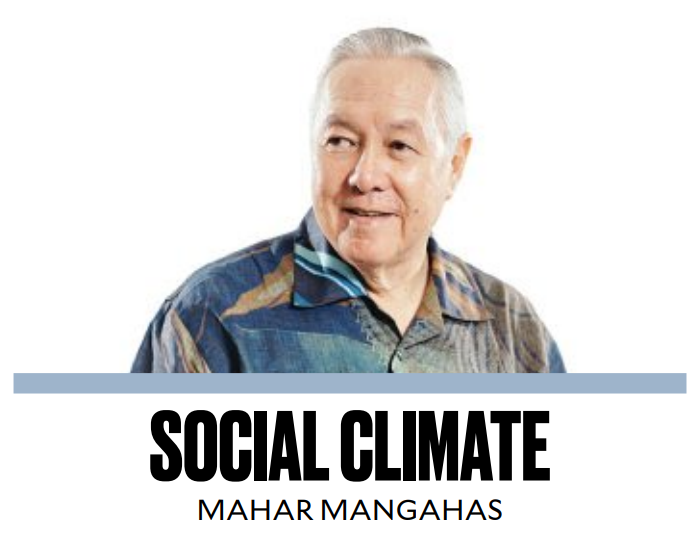
This week, the government announced that economic growth in the first quarter this year was 5.7 percent (pna.gov.ph, 5/9/2024), and boasted that it outpaced the growth percentages of China (5.3) and Indonesia (5.1). Those are annualized growth rates, presumably. Subtracting our annual population growth of 1.5 percent, that translates to 4.2 percent growth per Filipino. However, with annual population growth already negative in China, and at only 0.7 percent in Indonesia (see “Our population handicap,” 4/27/2024), our rate of economic growth does not look so superior anymore.
The term “development” covers so many things aside from economic well-being. It has many dimensions—the most comprehensive list is the United Nations (UN) Sustainable Development Goals (SDGs), which has 17 major goals, each one with a multiplicity of sub-goals, for the year 2030, (“Measuring development 101: theory,” 4/20/2024). Measurement of progress in achieving the SDGs is recommended but not obligatory for the governments of UN member countries.
Fortunately, the practitioners in measuring development are not limited to governments. Perhaps the most publicized effort is the World Happiness Report (WHR), which is a partnership of the Gallup Organization, the Oxford Wellbeing Research Centre, the UN Sustainable Development Solutions Network, and the WHR editorial board. The WHR’s main database is the annual Gallup World Poll, a self-supporting Gallup enterprise which shares data gratis with WHR, while also earning revenues from other data users.
An example of a nongovernmental organization is Transparency International (transparency.org), creator of the Corruption Perception Index (CPI), which is now the global standard for measuring corruption. The CPI is scaled from 100, meaning no corruption, to 0, meaning total corruption.
The Philippine CPI for 2023 (reported by TI in January 2024) was 34 points, which ranked it as No. 115 among 180 countries, far below the median. The average CPI score was 43, and more than two-thirds of the countries scored below 50.
TI was founded by a former senior staff member of the World Bank, who was extremely unhappy by the extent of corruption he encountered. The CPI is based on the reports of research companies whose clients are the transnational businesses with worldwide branches. In other words, the Philippine index is based on how expat business executives in Manila judge corruption here.
Another example I like is the Kids Count data book, a creation of the Annie E. Casey foundation (datacenter.aecf.org). This is a regular almanac of well-being data on children and young people in the United States. The principle is that, if kids count, then kids should be counted—by their age, ethnicity, nativity, employment and income of their parents, poverty, shortage of food to eat, school attendance, receipt of public assistance, security of housing, and so forth.
In the Philippines, of course I must cite Social Weather Stations (sws.org), a nonstock nonprofit which has a quarterly national survey of poverty and poverty thresholds, hunger, joblessness, victimization by crime, and satisfaction with many aspects of governance. The Social Weather Survey also covers happiness and satisfaction with life on an annual basis. “Statistics for Advocacy” is SWS’ slogan. SWS supports itself by covering the costs of its quarterly own-account surveys from revenues of its commissioned projects.
Incidentally, the World Happiness Report, Gallup, Transparency International, Kids Count, and SWS are all recipients of the Award for the Betterment of the Human Condition of the International Society for Quality-of-Life Studies (isqols.org).
Courageous statistics of development. To me, the most difficult and yet the least recognized work is done by those who challenge the powers-that-be. I have long admired academician-activist Teresita Ang-See, whose count of Chinese-Filipino kidnap victims has kept police authorities on their toes. She and the courageous activists who have recorded martial law victims of human rights violations are real-life practitioners of meaningful measurement of development.
Where do the statistics of extrajudicial killings come from? Presumably they are from the activists who have patiently looked into police blotters, and other sources, to aggregate the numbers of the victims of politicians’ wars against illegal drugs. These numbers form part of the pending case at the International Criminal Court that looms over these politicians. They are a Philippine counterpart of the reportage of the multitude of innocent victims in the Israel-Hamas war.
There will be a kapihan on “The Statistics and Econometrics of Charter Change,” with Professor Jan Carlo B. Punongbayan, the newest SWS fellow, on Monday, May 13, at 3:00 p.m., SWS Knowledge Center, 52 Malingap Street, Quezon City. To reserve a seat, write leo.laroza@sws.org.ph.
Contact: mahar.mangahas@sws.org.ph.
Dr Mahar Mangahas is a multi-awarded scholar for his pioneering work in public opinion research in the Philippines and in South East Asia. He founded the now familiar entity, “Social Weather Stations” (SWS) which has been doing public opinion research since 1985 and which has become increasingly influential, nay indispensable, in the conduct of Philippine political life and policy. SWS has been serving the country and policymakers as an independent and timely source of pertinent and credible data on Philippine economic, social and political landscape.



